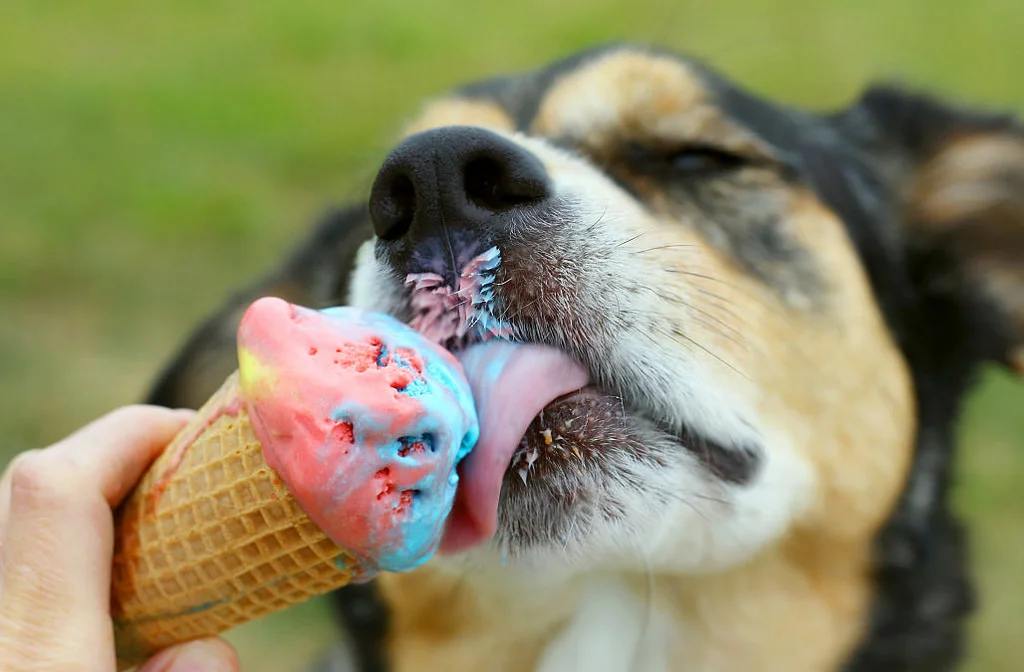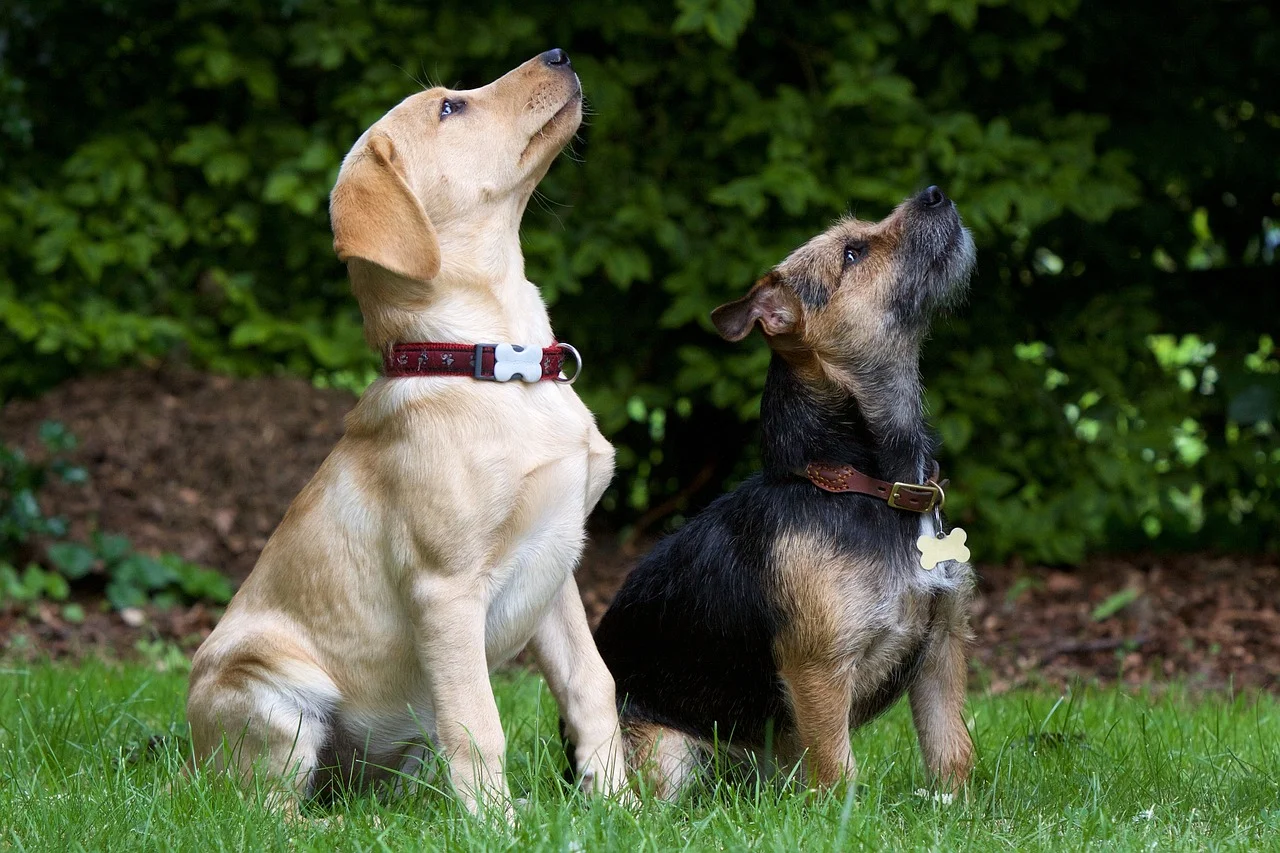by Claire Anderson
As I write this, I just finished a bowl of Mint Chip ice cream and I am considering a second. Or maybe I should just eat the whole carton? The fact that I am even stopping to think about it shows some impulse control. Though if I fail to resist the temptation to grab that whole carton and finish it right now, that would definitely show a lack of impulse control. We all experience impulse control (or a lack there of) on a daily basis, and so do our dogs!
What is Impulse Control?
As the name implies, impulse control refers to the ability to resist the urge or impulse to perform an action or behavior. Impulse and self control are very similar, but as trainers we use the term "impulse control" much more frequently because of it's specificity as it relates to a dog's brain and psychology.
I will lay out two examples for you. The first is an example of poor impulse control and the second is an example of well-developed impulse control:
Example 1—Dog with poor impulse control:
Jeffrey, an 11 month old terrier mix sits at a patio with his owner. After spending a few weeks in a group dog training class, Jeffrey has learned for the most part to greet other dogs calmly. A man runs by with his dog and Jeffrey leaps up from his sit, barking and lunging towards the runner. The owner is not able to redirect him, feeling helpless and embarrassed. This is an example of a lack of impulse control on the part of Jeffrey, which is actually fairly common for his age. Adolescents tend to have a harder time with consistent impulse control, which I will get into later on.
Example 2—Dog with good impulse control:
Arya, a 5 year old dachshund sleeps soundly in her dog bed at a family gathering. Arya is a bit uncomfortable with young children, having missed socialization with them in her younger years. Three children suddenly start wrestling a few feet away and Arya wakes up from her slumber to the shrieking and bounding of the children. She is noticeably uncomfortable, but she looks at her owner, who reassures her. Arya moves to a new location and settles back into her nap. This is an excellent example of a dog with good impulse control. Even though she isn't very comfortable around fast-moving children, she resisted the urge to bark, lunge, or bite, and instead pauses to consider her other options. The dog chooses to check in with her owner and then move farther from the commotion.
Why should my dog have good impulse control?
Does your dog practically knock people over when they come into your house? Does she lunge at neighborhood cats when out on a walk? Does she steal things from the counter? Does she nip at runners when they pass? Does she scratch at the door the moment you leave? All of these behaviors (and many more!) show a lack of impulse control. When a dog has well-developed impulse control, they are able to resist the temptation to perform these "naughty" behaviors and instead choose a better option—provided the training has occurred to give them a better option.
“When a dog has well-developed impulse control, they are able to resist the temptation to perform these “naughty” behaviors and instead choose a better option.”
A very important aspect of impulse control is autonomy. In order to strengthen a dog's impulse control, your dog must have the independence required to make good choices on their own. When we work with clients, we stress the importance of training "default" behaviors, meaning the dog will perform these behaviors without necessarily being cued to do so.
For example, training a default sit is a wonderful way to begin building autonomy and impulse control. At first, you will need to ask for the sit in an assortment of environments and for a variety or rewards. Soon, your pup will start offering a sit before you even ask when he wants certain things, like to go outside, to receive attention, or to get you to throw a ball. The autonomy in this situation is giving your dog the opportunity to make the desired choice on her own. The impulse control is strengthened because they are pausing to think, "What behavior got me the reward last time?" instead of becoming frustrated and jumping all over you, barking, or nipping.
Photo courtesy of Gareth Williams on Flickr, used under a Creative Commons license.
How can I strengthen my dog's impulse control?
Building good impulse control takes time and patience (impulse control on the part of the human as well!) Remember, we can't expect our dog's behavior to change without changing our own. However, there a few very easy things you can do to start building patience and control within your dog.
Step 1: Train an automatic sit.
Simply ask your dog to sit before they receives anything they like. I'm sure there is a long list of things your dog enjoys, so start by writing that list down and posting it on the refrigerator. This way, you will always be reminder of your opportunities to ask for the sit. When you ask for the behavior, ask only once and say it clearly. Then wait. If your dog doesn't perform the sit within 10 seconds, you can ask again, but do not fall into the habit of repeating yourself twenty times. Soon, your dog will start automatically offering the sit before you even ask for it! When your dog does this, praise and immediately reward them with whatever it is they want in that moment. Now you have a default sit!
Step 2: Add a stay!
For those very exciting situations like putting on a leash, going outside, or getting their favorite bone, you should extend that sit into a short stay. At this point you should already have a default sit. So, when your dog has offered their sit, simply praise and add a calmly stated "stay" with a clear stop-sign hand signal. When your dog has held their stay for a second or two, praise, reward, and release them to go through the doorway or get their bone. Here's where your patience as a coach comes into play. Remember, your dog is very excited and may be pretty ramped up, so a stay may be extremely difficult for them. Be patient and make it as easy as possible to start (i.e., a one second stay) and then build gradually from there. Eventually, the stay will also become automatic, but it can take a few weeks to a few months.
Step 3: Have your dog work for their diet!
Every time we tell clients this, their initial response is one of horror because they feel like it sounds cruel. This is anthropomorphic—we assume dogs feel the same way we do, especially about mealtimes. When in reality, most dogs really enjoy when eating becomes a puzzle—this is fun for them! Start with one meal per day. Instead of just feeding them their food in a dish, hold a training session using their food as rewards for behaviors performed. Alternatively, you could give your dog a puzzle toy filled with their food.
Many of you are probably wondering if I resisted the urge to enjoy more mint chip ice cream. I did not. I ate every last bit of that wonderful stuff. But, you can teach your dog to have more impulse control than I currently have by following the above steps. It is simply a matter of teaching your dog to pause to make a better choice. As trainers, we see dogs with a lack of impulse control every day. Don't worry, you are not alone! I hope you try these easy exercises at home that will help to develop better impulse control in your dog.
If you feel you need help from a professional animal trainer, we are here to help! There are many other ways to develop good impulse control and we are very excited to help you and your dog on your path to canine autonomy and impulse control.
Get a free in-home consultation with one of our professional dog trainers!
Photo courtesy of Steve Sewell, used under a Creative Commons licence.




